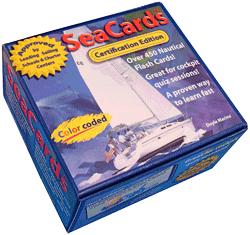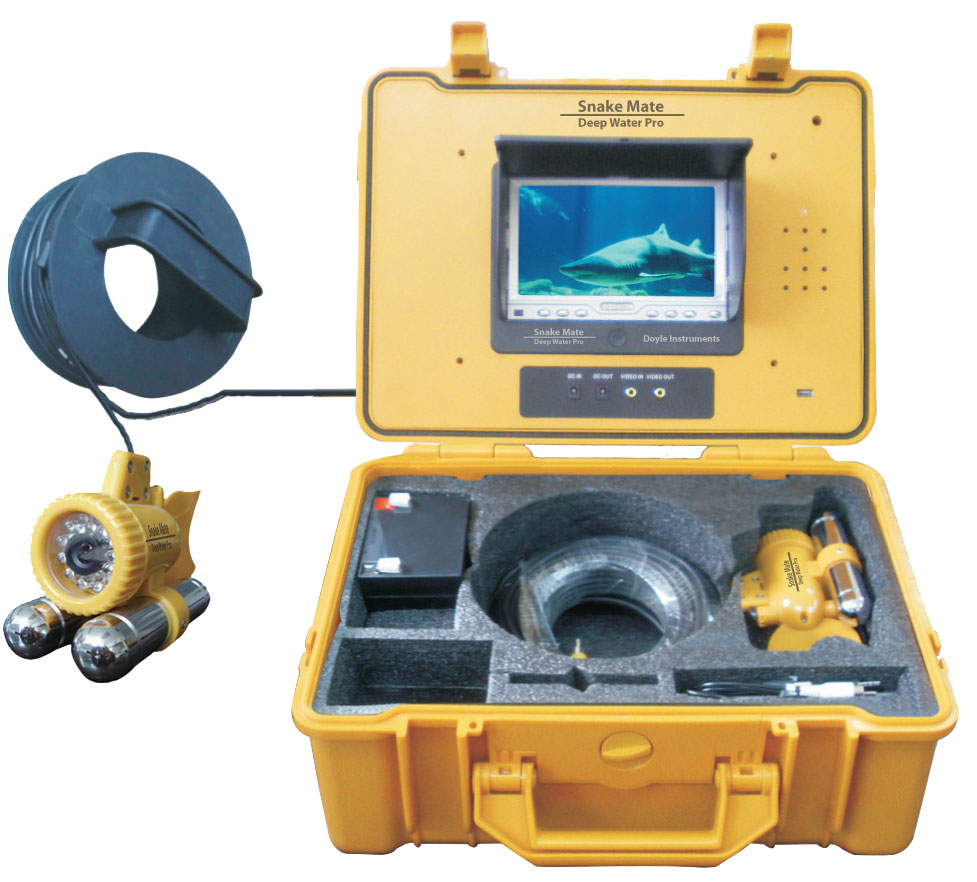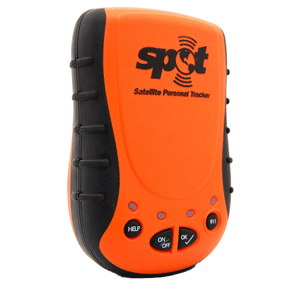 |

 
|
 |
Didn't find what you want? Send us your list. We carry 1,000's of products not yet listed at the best prices.
Your satisfaction is our top priority. If for any reason you are
dissatisfied with your purchase, we will replace, exchange or refund
the item within 30 days. Note: Some custom orders may not qualify - terms for custom orders are stated
clearly at the point of sale.
Doyle Marine appreciates your business. We respect your privacy and do not share
customer contact information.
Contact us with
questions, comments or reviews at:
info@doylemarine.com or 510-253-5883
|
|  |
Carbon Monoxide: How You Can Protect Yourself and Others
What is Carbon Monoxide?
Carbon monoxide (CO) is a colorless, odorless, and tasteless gas. It is produced when a carbon-based fuel such as gasoline, propane, charcoal, or oil—burns. Sources on your boat may include engines, gas generators, cooking ranges, space and water heaters.
Why is it so dangerous?
Carbon monoxide (CO) enters your bloodstream through the lungs, blocking the oxygen your body needs. Prolonged exposure to low concentrations or very quick exposure to high concentrations can kill you.
Early symptoms of CO poisoning include irritated eyes, headache, nausea, weakness, and dizziness. These symptoms are often confused with seasickness or intoxication, so those affected may not receive the medical attention they need.
The U.S. Coast Guard Wants You to Know:
• CO can harm and even kill you inside or outside your boat.
• CO symptoms are similar to seasickness or alcohol intoxication.
• CO can affect you whether you’re underway, moored, or anchored.
• You cannot see, smell, or taste CO, but if you smell exhaust fumes, CO is present.
• CO can make you sick in seconds. In high enough concentrations, even a few breaths can be fatal.
Top Tips:
• Know where and how CO may accumulate in and around your boat.
• If you can smell engine exhaust, you are inhaling CO.
• Follow all warnings and instructions for canvas, engine operations, etc.
• Maintain fresh air circulation throughout the boat at all times.
• Know where your engine and generator exhaust outlets are located and keep everyone away from these areas.
• Stay off the back deck and the swim platforms while the engines are running.
• Never enter areas under swim platforms where exhaust outlets are located unless the area has been properly ventilated.
• Although CO can be present without the smell of exhaust fumes, if exhaust is detected, take immediate action to ventilate.
• Treat symptoms of seasickness as possible CO poisoning.
• Get the person into fresh air immediately. Seek medical attention—unless you’re sure it’s not CO.
• Install and maintain marine grade approved CO detectors.
• Every alarm requires immediate action.
• Replace detectors as recommended by the manufacturer.
• If CO is suspected open all hatches, windows and ports to ventilate.
• Changing course and speed to place boat heading into the wind can improve ventilation.
• Maintain your engine. Engines that are not tuned properly produce more CO.
• Get a Vessel Safety Check.
Information Source: U.S. Coast Guard www.uscg.gov
|
 |
|
|
 |
Specials |
 |
 |
Best Seller - CURRENTLY OUT OF STOCK

SeaCardsTM Certification Edition
CURRENTLY OUT OF STOCK Now just $24.95
Over 450+ Color-Coded
Nautical Flash Cards from basic to advanced. Makes a great gift!
Our 6th Printing - 4th Edition!
More Info...

Explore the world beneath you with
The Snake MateTM Deep Water Pro High resolution 7" color display, waterproof Sony CCD color underwater
fishing camera - inspection camera, infrared night vision
with 30m (over 98 feet) of waterproof cable!
Professional use or just plain fun - your choice!
More info....

SPOT Satellite Personal Tracker and Messenger You and your loved ones have peace of mind knowing help is always within reach! You can check-in, they can track progress, you can request help and you can send an emergency alert.
Very affordable at only 92.88!
|
 |
| |
|
|
 |